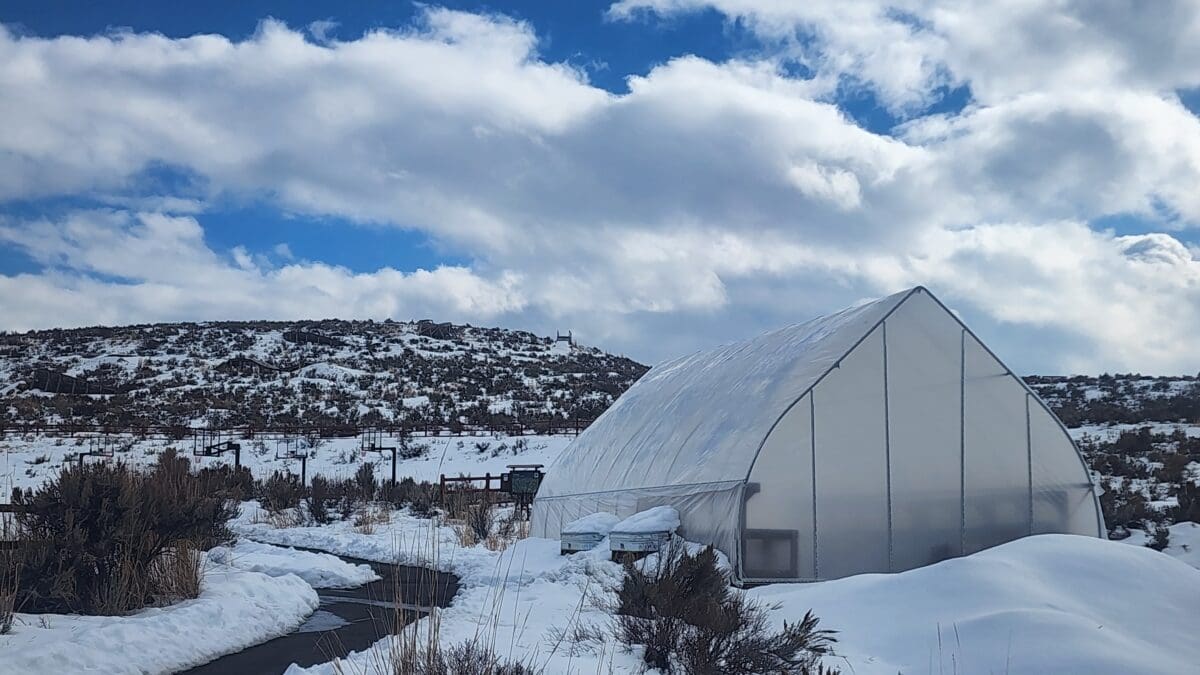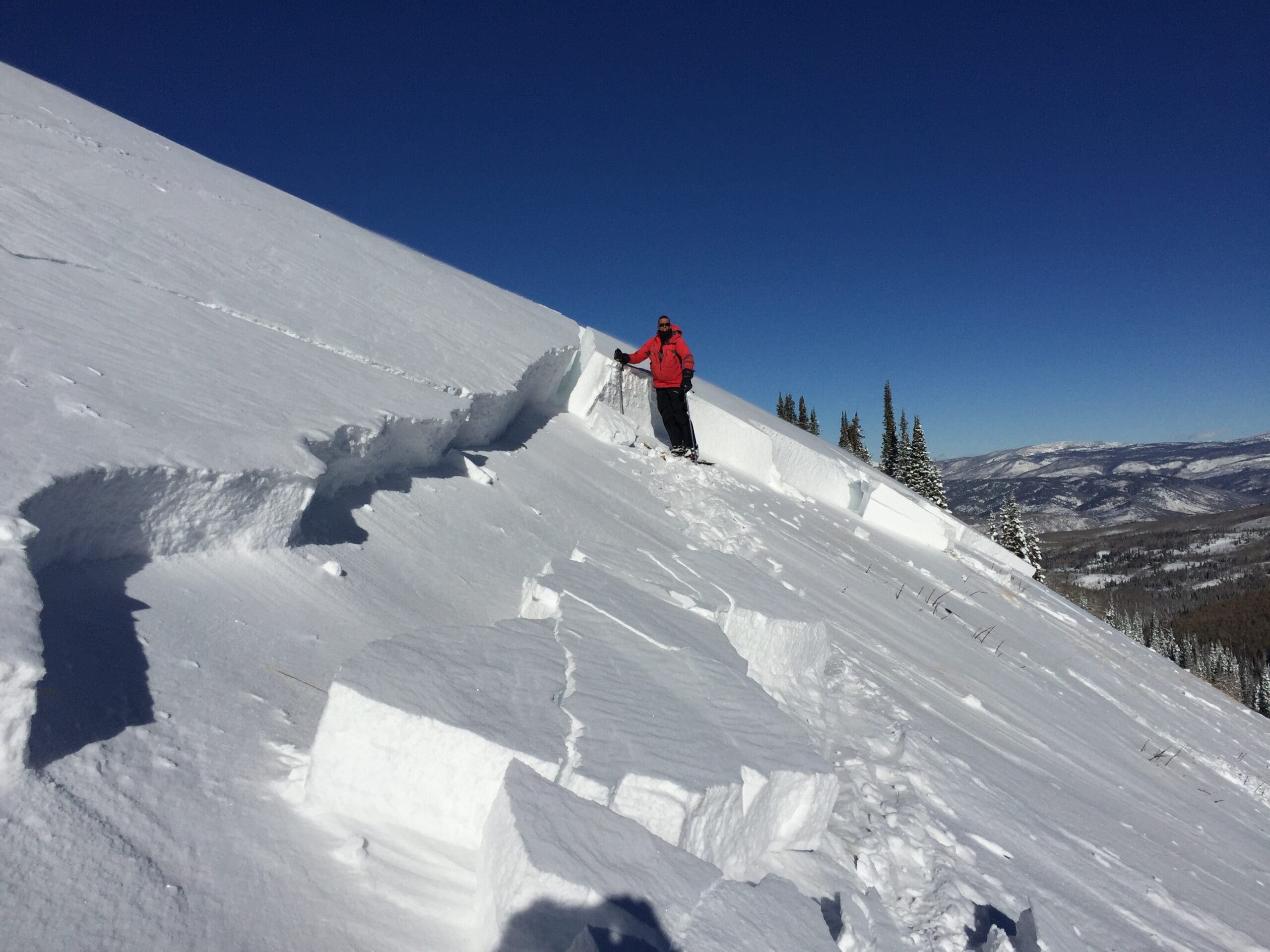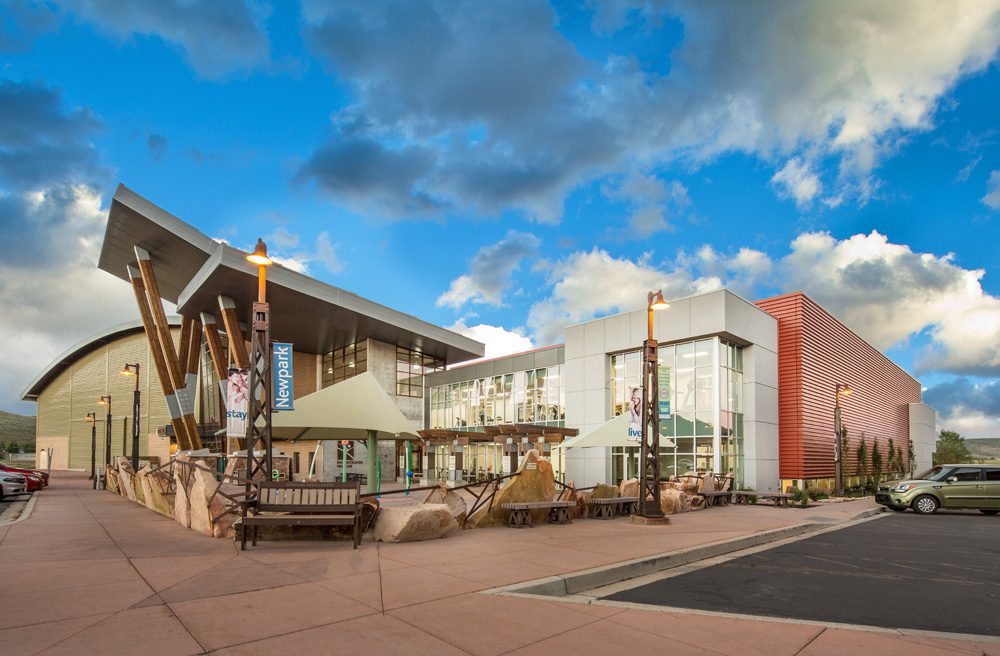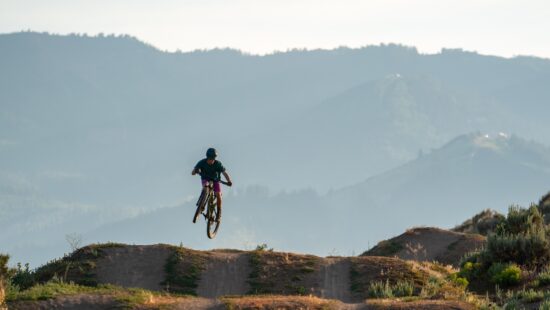Neighbors Magazines
Basin Recreation’s spring prep and trail maintenance

Greenhouse at Trailside Park. Photo: Photo: Basin Recreation
By Kirsten Kohlwey, Neighbors of Park City
March marks the transition from winter to summer operations at Basin Rec. In winter, David Paskoski, the trails supervisor for Basin Recreation, along with two lead technicians and three trail technicians, groom about 40 km of multi-use trails, including two 5k ski-only trails, as conditions permit. But once the snow starts disappearing, the team works to prepare 180 miles of trails for summer use. In 2023, this included clearing over 1,000 trees off trails to open them.
Paskoski said, “We offer such a great variety of trails. I would encourage [trail users] to try other areas. Explore. It will take you a while to try out 180 miles.”
The Basin Recreation trail system includes 140 miles of single-track and 45 miles of road-based commuter and urban trails. Basin Recreation’s Trails team also maintains the bike park at Trailside, a Flintstone-themed park for all abilities. This spring, they plan to rebuild the Bamm-Bamm trail, an expert bike trail that has been half restored so far. They will ensure all boardwalks are up to date and address any safety issues.
In the summer months, the trails team also does corridor clearing for trails in rotation so that the entire system is treated every five years. Additionally, they do treadwork to bring trails back to a sustainable grade and re-benching, which smooths out the trails.
The Run-A-Muk area is the most popular open space Basin Rec cares for, thanks to its off-leash dog policy, and will be closed in the spring to allow the flora to regrow. During this time, there are also poop clean-up events to maintain the trails. Check the QR code below. for event dates and times.
Matt Benge, the open space supervisor, has three full-time year-round staff. They manage approximately 2,500 acres of open space, 12 of which are owned by Basin Recreation, and two are managed via a Memorandum of Understanding. One of these is the open space around the community gardens, and the other is the wetlands next to Jeremy Ranch Elementary School. Here, they restore native populations and inspect and replace beaver dam analogs (BDAs), which hold water back along the stream.
In the summer, the Open Space Department does property monitoring for wildlife and invasive plant species, which includes mapping out and working with Summit Cooperative Weed Management Area, a county-based group. They pair with Ecology Bridge in their efforts to control invasive and noxious weeds such as Garlic Mustard, Dyer’s Woad and Canada Thistle. A project (which will go through its first full cycle this year) known as The Propagation of Native Species collected seeds last year beginning in their 20 by 40-foot greenhouse, which will then be planted in areas where invasive species have been removed.





















